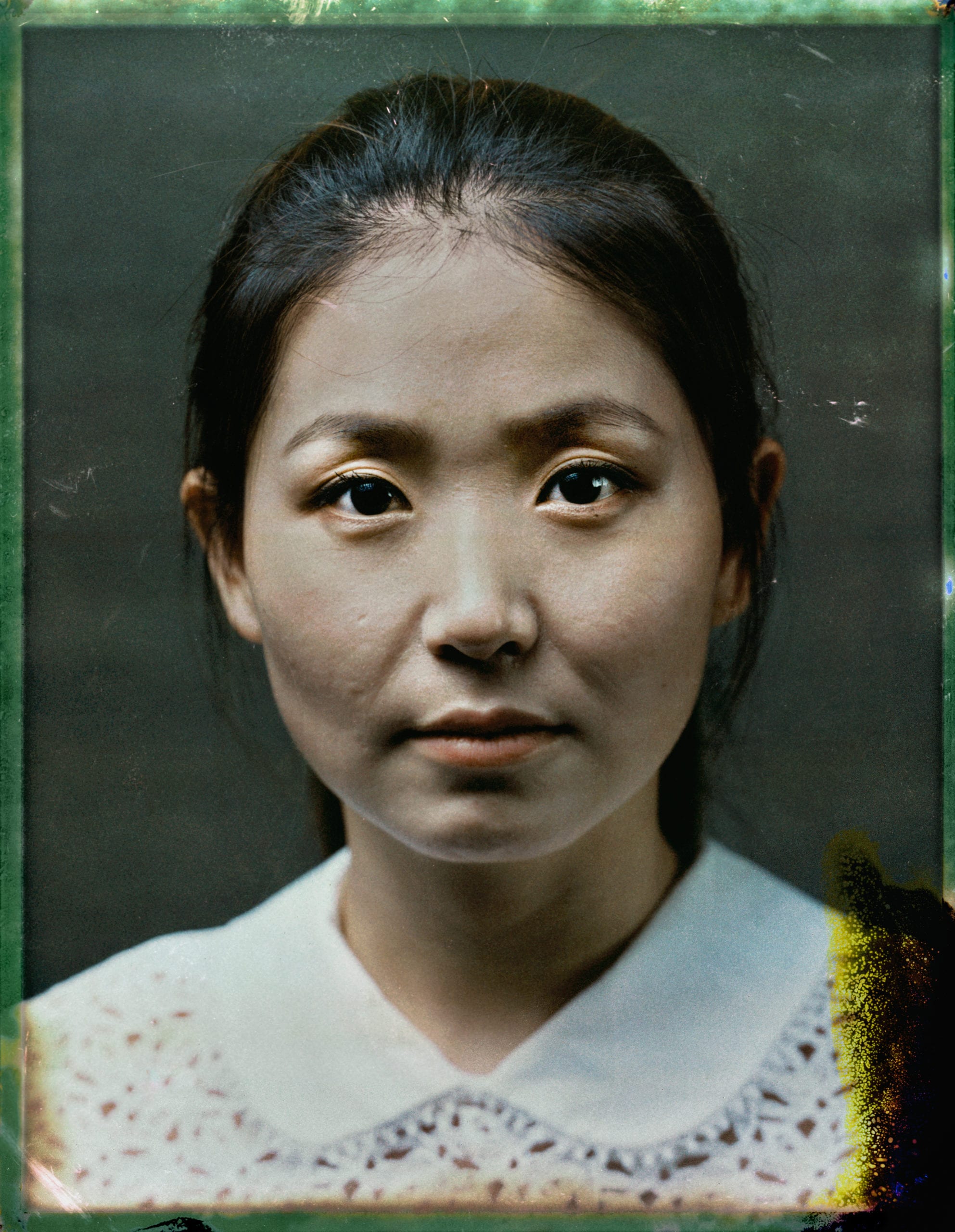Stories of resilience and bravery are chronicled in Tim Franco’s new photobook on North Korean defectors
" After watching illegal South Korean drams, I wanted to become a celebrity" Han Song-i is a North Korean Defector. © Tim Franco.
Source:
The gate of Erenhot is located near the border between Mongolia & China and is a famous crossing point for North Korean defectors wanting to reach Mongolia which recognizes their status © Tim Franco.
Source:© 2022 - 1854 MEDIA LTD